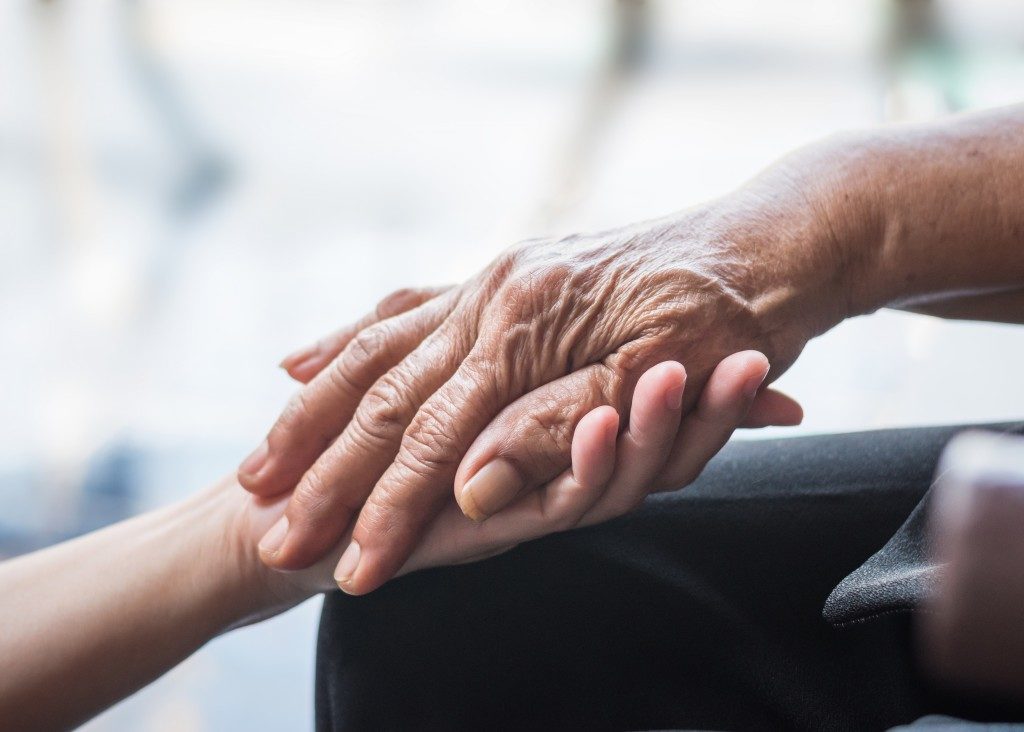The family is the basic unit of society. This is what children learn early on in school. Once you factor in individual personalities of each member and the everchanging circumstances and dynamics, the word “basic” suddenly seems to disintegrate. Complex, dysfunctional, or even weird and crazy become the more appropriate terms. There are moments of butting heads and moments of shared laughter. There are moments of grief, too. That is probably the most difficult.
Your father is a retired defense attorney in Kent. He’s been diagnosed with Glioblastoma multiforme or GBM, one of the deadliest forms of brain cancer. Everyone is devastated, and no one has a clue on how to take care of a terminally ill loved one. Here are a few things to consider:
Terminal Illness in America
The American Cancer Society estimates that nearly 607,000 Americans will die of cancer by 2019. This is roughly 1,663 per day. Cancer is the number 2 killer, while heart disease takes first place. Other conditions, like kidney disease, Alzheimer’s or ALS and others are considered severe illnesses, which might require families to decide whether to care for their loved one in the hospital or at home.
Understanding Your Options
When terminal illnesses are detected early, patients might still be self-aware and able to give instructions. But in situations wherein a patient is already very sick, family members need to come together and discuss.
First, get the honest opinion of doctors regarding the patient’s life expectancy and how their remaining days will be spent. When hospitalization can no longer prolong the life of a patient significantly, families opt for palliative care. This is a type of medical care that emphasizes the relief of pains and stress for a patient because of their illness. Some doctors and nurses specialize in this field. The goal is no longer to cure or treat the disease but to make like easier for the patient.
How Palliative Care Works

In the past, palliative care in America was predominantly rendered at the hospices. The approaches can vary slightly depending on the doctor or organization offering you the services. Recently, it has come to include patients with serious illnesses.
One of the critical roles of a palliative doctor is to bring family members to the table to have an open discussion. Remember the butt-heading? Not every family situation is the same, but in times of grief, tempers can flare and siblings fight. The palliative doctors take the lead in bringing everyone to a common ground. The practitioner allows each family member to calmly and honestly express themselves. He or she makes each member realize that they have a role to play. There will be one responsible for the money part or one accountable for the actual physical care.
As medical practitioners, they also provide families with options regarding actual physical care for the patients. When, for example, a patient is no longer able to eat by mouth, doctors give options on feeding the patient. The feeding options include percutaneous endoscopic gastrostomy (PEG) or nasogastric tube (NGT).
Bedridden patients will have many requirements. Make the most out of your palliative care practitioners by getting as many insights as you can.



